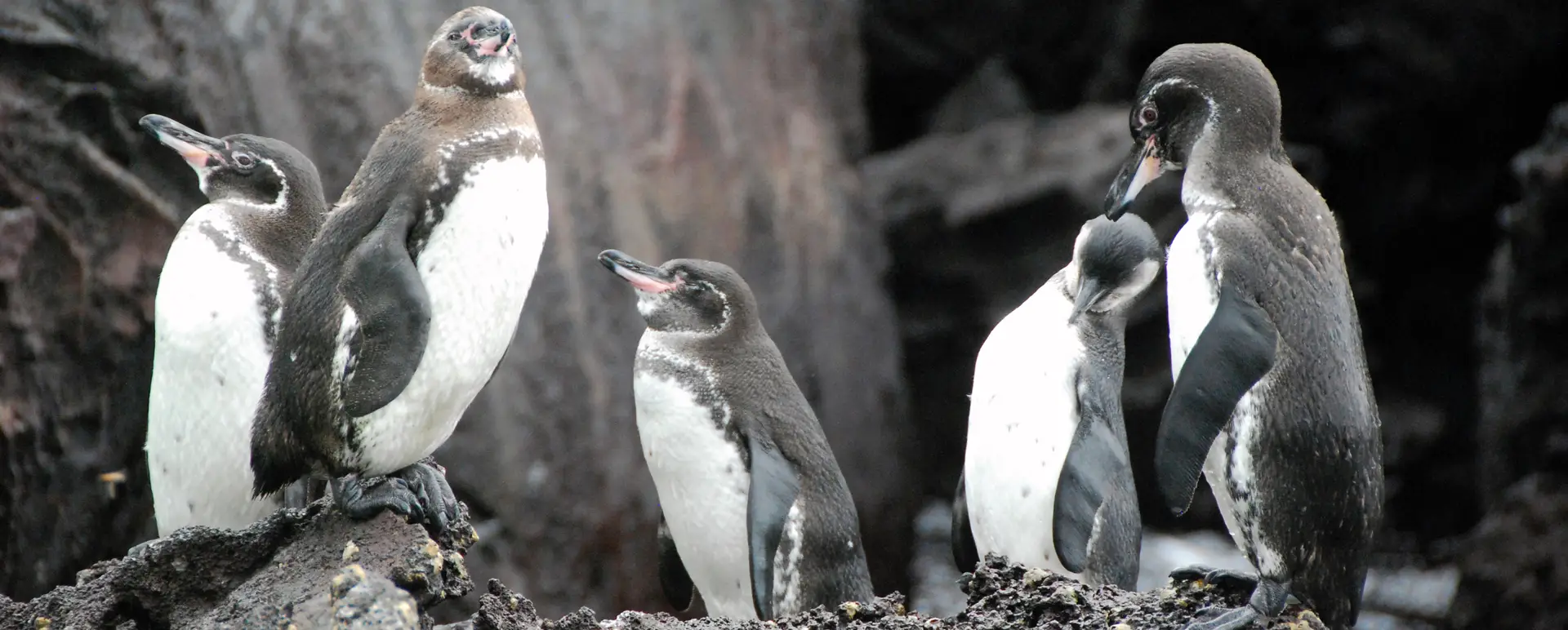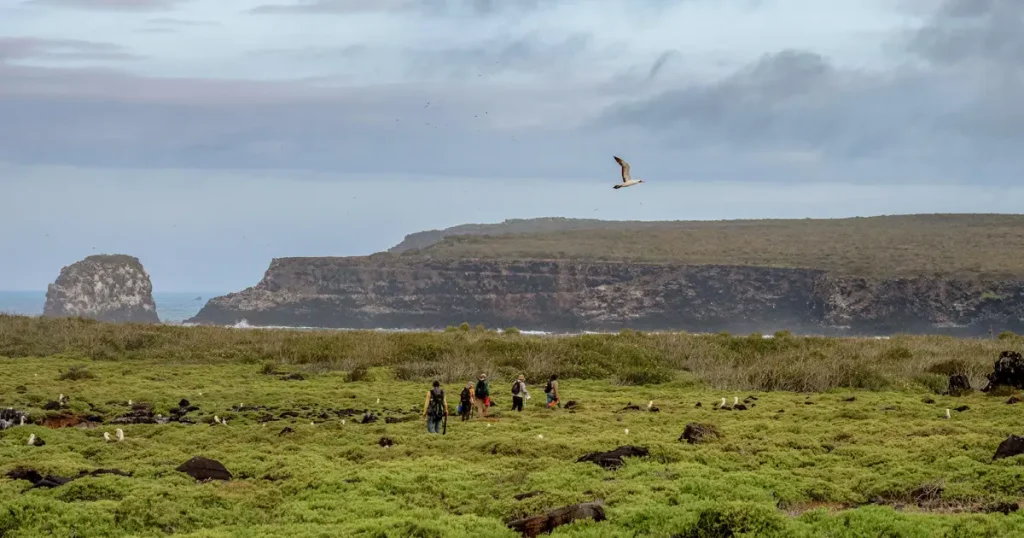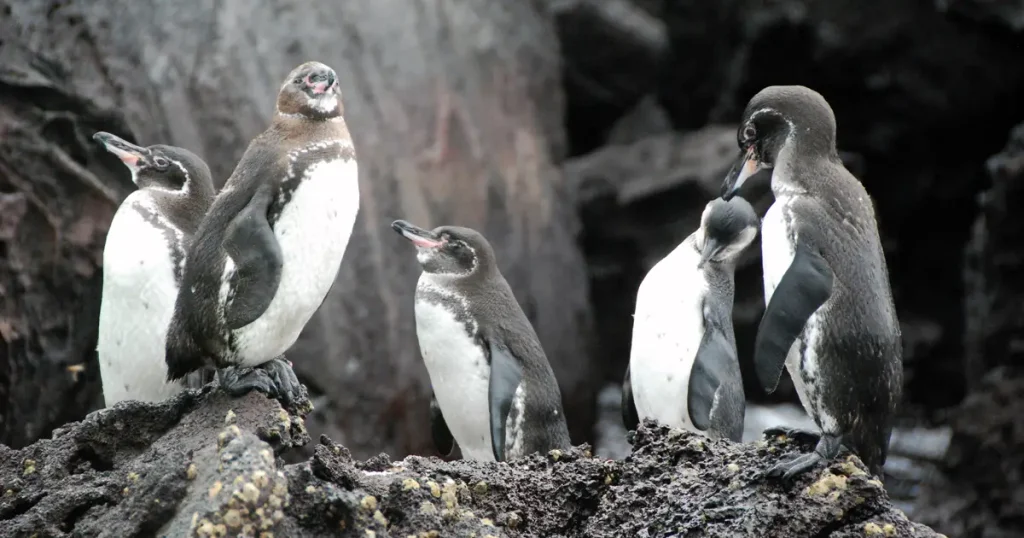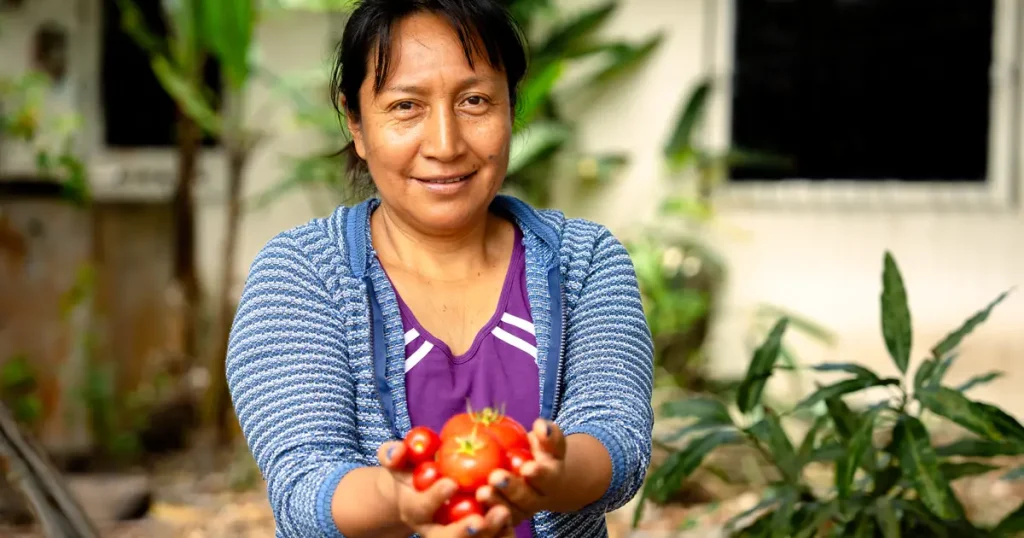The Winged Families of Galápagos

Seabirds are among the most visible indicators of ocean health in the Galápagos Islands. From albatrosses nesting on cliffs to penguins raising chicks along volcanic shores, these species link land and sea, and their survival depends on protecting both.
The Archipelago Where Sea and Sky Meet
In Galápagos, the ocean and the sky tell the same story. Across cliffs, beaches, and mangroves, thousands of seabirds, including several species found nowhere else on Earth, have made these islands their home.
Among them are the waved albatross, petrel, penguin, frigatebird, flightless cormorant, and swallow-tailed gull. Each plays a unique ecological role in connecting marine and terrestrial environments, maintaining the delicate balance that sustains life across the islands.
Some, like the albatross, travel thousands of miles to return to the exact same spot where they once formed a pair.
Others, like the petrel, nest in the humid highlands, taking turns at night to feed their chicks.
And in the cool western waters of the archipelago, Galápagos penguins rear their chicks in the nutrient-rich waters of the marine reserve.
Each species follows its own rhythm, yet they all share one simple truth: their tomorrow depends on what we do today.
Homes at Risk
The nesting habitats of these birds are in cliffs, rocky coasts, and humid zones and are as fragile as they are vital. These are the sites where life begins anew every year, but also where quiet threats persist.
Erosion, invasive species, pollution, and climate change are reshaping the landscapes and cycles that these birds depend on.
Science and Commitment in Action
Together with the Galápagos National Park Directorate (GNPD), Galápagos Conservancy works to protect the places where seabirds hatch and are raised. This joint effort combines the scientific knowledge of our team with the experience of park rangers who regularly monitor nesting areas, document reproductive success, and assess emerging threat
Through habitat restoration, invasive species control, and adaptive management in the face of climate change, these actions are aimed at ensuring every species has a safe place to reproduce and raise its young.
They also generate vital data on population health, ecosystem conditions, and trends that guide future conservation strategies.

Protecting Homes for the Future
On Española Island, albatross pairs feed and guard their chicks until they are strong enough to face the wind and take their first flight. In the highlands of Santa Cruz, Floreana, Santiago, San Cristóbal, and Isabela, petrels alternate their time at sea and on land with precise coordination. And in the cool western currents, Galápagos penguins brave strong currents to feed their young.
Life in Galápagos endures through adaptation and cooperation. Protecting their nesting habitats is not only a matter of conservation, it is the foundation for the archipelago’s ecological continuity and resilience.
And just as birds teach their young to fly, conservation in Galápagos depends on teaching each new generation how to live in balance with nature.

A Legacy That Endures
Every young albatross that takes flight, every petrel that returns through the night to feed its chick, and every penguin guarding its nest in the western waters is proof that conservation works.
Thanks to the commitment of park rangers, scientists, and local communities, the winged families of Galápagos continue to thrive. Their survival is proof that science, dedication, and local stewardship can restore balance—and that protecting nature is a legacy we build together.

Share:




